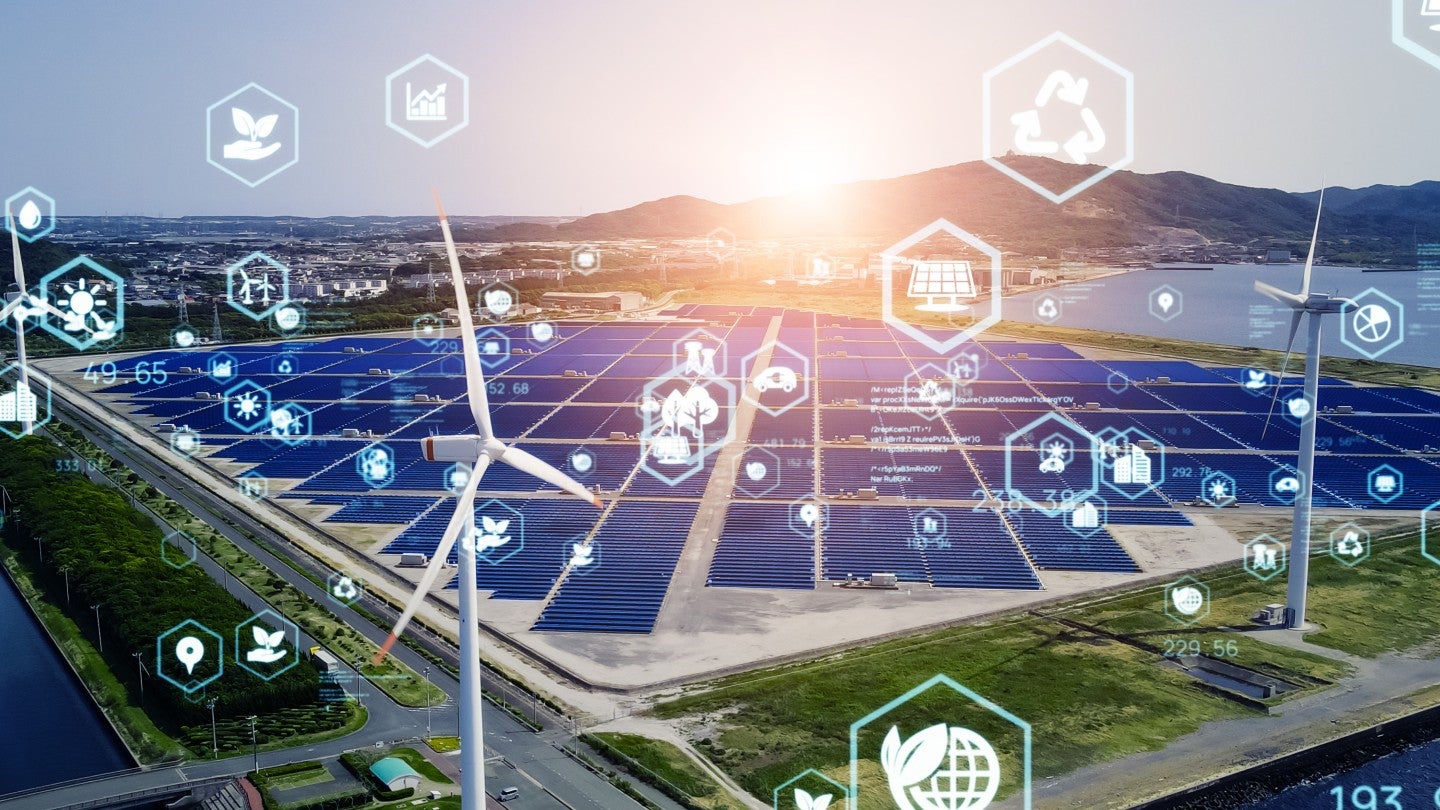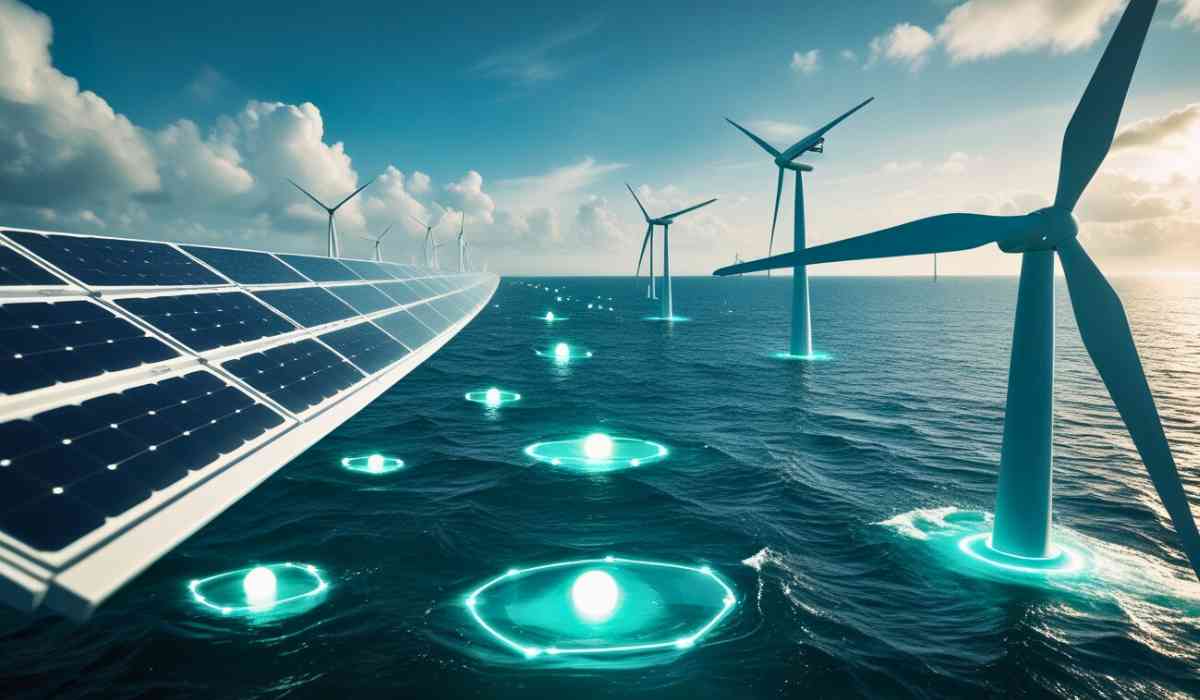The renewable energy landscape is undergoing a transformative revolution with next-generation technologies poised to accelerate the global shift towards clean, sustainable power. Innovations in solar, wind, hydrogen, energy storage, and smart grid management are not only enhancing efficiency and reducing costs but also enabling more flexible and reliable energy systems. Here’s a comprehensive look at the most promising renewable energy technologies shaping 2025 and beyond.
Perovskite Solar Cells: The Future of Solar Power

Perovskite solar cells represent a breakthrough in photovoltaic technology, offering higher efficiency and lower production costs compared to traditional silicon-based panels. These lightweight, flexible cells can be printed on various surfaces, expanding solar power applications to new domains such as building-integrated photovoltaics and portable devices. Their ability to absorb more sunlight and convert it efficiently makes them a game-changer in solar energy generation.
Green Hydrogen: Clean Fuel for Hard-to-Decarbonize Sectors
Green hydrogen, produced by splitting water using renewable electricity, is emerging as a versatile zero-carbon fuel. It holds immense potential for decarbonizing heavy industries like steel and cement manufacturing, as well as transportation sectors that are difficult to electrify. Advances in electrolyser efficiency and falling renewable energy costs are driving green hydrogen projects towards commercial viability by 2025, making it a cornerstone of the industrial energy transition.
Floating Offshore Wind Farms: Unlocking Ocean Wind Potential

Floating offshore wind technology enables turbines to be installed in deep waters where wind resources are stronger and more consistent. This innovation overcomes the limitations of fixed-bottom turbines restricted to shallow waters, significantly expanding global wind energy capacity. Countries such as Norway, Japan, and the UK are leading pilot projects, with commercial-scale floating wind farms expected to emerge by 2025.
Advanced Energy Storage Systems: Tackling Intermittency
Reliable energy storage is vital to balance the variable output of solar and wind power. Next-gen storage technologies like solid-state batteries, flow batteries, and gravity-based systems offer higher energy density, improved safety, and longer life spans compared to conventional lithium-ion batteries. These advancements are critical for ensuring a stable and continuous renewable energy supply and enhancing grid flexibility.
Smart Grids and AI-Powered Energy Management

Smart grids equipped with sensors, real-time data analytics, and AI-driven control systems are revolutionizing energy distribution. They optimize energy flows, forecast demand accurately, and manage outages, making renewable integration more efficient and resilient. AI applications in renewable generation forecasting and grid planning are reducing discrepancies between predicted and actual energy output, improving market operations and grid stability.
Benefits Driving the Renewable Energy Transition
-
Enhanced Efficiency: Innovative materials and designs maximize energy conversion from renewable sources.
-
Cost Reduction: Advances in manufacturing and technology lower the cost of renewable energy, making it competitive with fossil fuels.
-
Energy Security: Diversifying energy supply reduces dependence on imported fossil fuels.
-
Economic Growth: Renewable energy sectors create jobs and stimulate innovation.
-
Environmental and Health Gains: Reduced pollution leads to better public health and lower healthcare costs.
Challenges and the Road Ahead

Despite rapid progress, challenges remain in scaling these technologies, upgrading infrastructure, and securing supportive policies. Continued collaboration among scientists, industry leaders, and policymakers is essential to accelerate deployment and integration. Investments in R&D, manufacturing capacity, and grid modernization will be pivotal to realizing the full potential of next-gen renewable energy technologies.
In conclusion, the next generation of renewable energy technologies-spanning advanced solar cells, green hydrogen, floating wind farms, cutting-edge storage, and intelligent grids-is set to redefine how we generate, store, and manage clean energy. These innovations promise a more efficient, flexible, and sustainable energy future, crucial for meeting global climate goals and powering economic growth in the coming decades.
With inputs from agencies
Image Source: Multiple agencies
© Copyright 2025. All Rights Reserved Powered by Vygr Media.
























